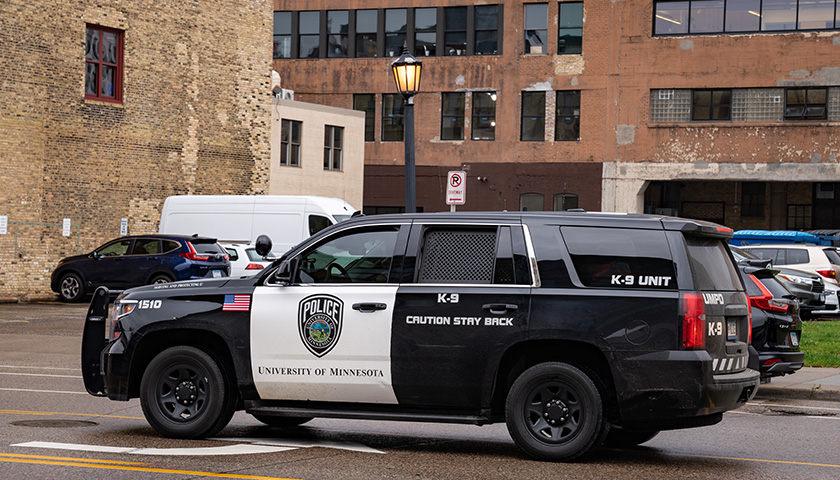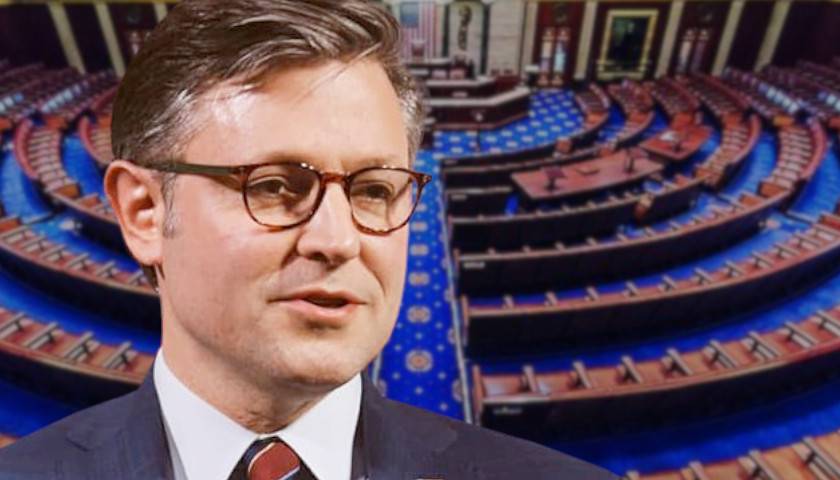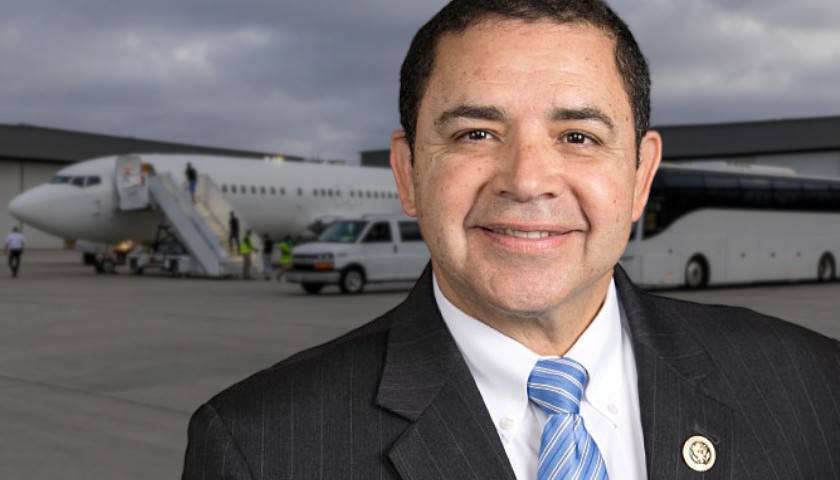by Crime Watch MN
University of Minnesota Police Chief Matt Clark told a Wednesday night campus safety forum that his patrols are “maxed out” in response to continued campus-area safety concerns as well as off-campus violent crime incidents.
Clark’s comments were part of a 90-minute panel discussion and Q&A hosted by the University of Minnesota’s newly-formed Strategic Safety Advisory Committee. Several students, parents, and community members were present in the live audience, and the forum was also broadcast live on YouTube.
In addition to Chief Clark, the safety forum panel included university President Joan Gabel, Dr. Cedric Alexander, who is the newly-appointed Minneapolis commissioner of community safety, Minneapolis police Inspector Sean McGinty, and Minneapolis Deputy Chief of Patrol Erick Fors.
Gabel garnered criticism in July when she did not appear in person at the first public safety forum but joined on Zoom instead. Gabel then bowed out of the forum after 10 minutes, citing a prior commitment. Gabel was present in person at the Wednesday forum this time.
After opening statements by Gabel, Alexander, and Clark, the forum was opened up to answer questions, most of which had been submitted ahead of time.
Chief Clark in his opening remarks did stress that despite being stretched thin, his department has doubled down on efforts to be visible on campus. Clark said he’s heard from a lot of people, including community members and parents, that they want to see officers around campus.
Clark reiterated comments he made in a prior campus safety meeting that on-campus crime has remained steady. The issue, he said, obviously, is the level of crime off campus. Clark said his officers take pride in making sure the campus is safe, and he’s committed to responding to the highest priority emergency calls off campus if MPD is unable to respond.
Clark said his department has also dedicated four officers to off-campus neighborhoods every night. “I would say we are maxed in the amount of time we are putting into these hours off campus and on campus,” Clark said.
Concerns for student safety escalated in early June following a string of high-profile crimes at a problem property near campus, including a shootout and a violent carjacking involving multiple assaults. The violence continued into July when bullets entered student apartments in Dinkytown and forced a local business to temporarily close after its windows were shattered by bullets.
The Strategic Safety Advisory Committee (SSAC) was announced by President Gabel soon after.
The SSAC, launched in July, is made up of university students, parents and family members, staff and faculty, as well as representatives from the City of Minneapolis, MPD, and UMPD, according to a news release on the university’s website.
A question arose to Gabel from an audience member during the forum about the committee’s closed-door meetings. Gabel responded that SSAC members, which may include private citizens as well as university personnel, need the freedom to explore ideas and change their minds during the process of forming recommendations for making campus safer. She said final outcomes and recommendations will be public.
One of the first action items to come out of the SSAC was the Dinkytown Safety and Pedestrian Access pilot program that strategically blocked vehicle access on certain streets through the use of barricades. Dinkytown has been a frequent target of hotrodders and street racers engaging in intersection takeovers, during which drivers have engaged in reckless and dangerous burnouts and donuts on the public roadways and blocked traffic.
The Minnesota Daily reported after the launch of the pilot program at the end of July that area businesses were miffed at not having been consulted about the plan, which they said eliminated parking and vehicle access to their businesses.
That concern was addressed by MPD Inspector McGinty, who said that going forward they will communicate more clearly with businesses on those types of measures.
Another question from an audience member to the panel came from a female student who took to the floor to describe her safety experience. The unnamed student described herself as an arriving senior and a “Latina woman.” She said in 2019, pre-COVID, she would see police officers nearly daily on campus and it made her feel safe. She said after returning to campus in 2021 following COVID lockdowns, she only saw police “a handful of times,” mainly during events or the May presidential visit for the Walter Mondale memorial service.
9/
State Patrol has committed to helping on campus and in Minneapolis. They're asking Metro Transit PD to be more visible, and MPD will focus on buyback beats during back to school.HCSO is having staffing issues. UMPD is in contract talks with them. Still pending.
— CrimeWatchMpls (@CrimeWatchMpls) August 24, 2022
The young woman then launched into a torrent of criticism directed at Gabel, university administration, and Minneapolis government for what she described as “hateful” rhetoric and actions toward police by those in power that she said now makes her less safe.
“I am a woman of color. I’m supposed to be one of the people that dislike the police or [be] made to feel unsafe by their presence,” she said. “Let me assure you, I felt far safer when I saw them on a daily basis than I do now when they barely appear.”
Gabel responded by validating the young woman’s safety concerns but bristled at taking any responsibility for the woman’s claims of hateful rhetoric.
“Crime is up everywhere during the same period of time you are describing,” Gabel said. “And to identify a source and call that a rational conclusion, I would push back on you on that.” Gabel then tried to reframe the woman’s concern by stating no one in the university administration wants students to be unsafe and ultimately declined to address the woman’s concerns about damaging rhetoric.
Gabel then deferred to Chief Clark to address the operational and visibility concerns the woman expressed. Chief Clark again reiterated to the young woman, “I have pretty much maxed out the amount of time I can have these folks work all through the summer.” Clark said the number-one priority is getting police help to people when they need it, “but we are stretched thin.”
Another woman in the audience who described herself as the mother of a student directed a question to Commissioner Alexander. She asked if the Minneapolis Office of Violence Prevention (OVP) could offer any type of response since UMPD and MPD were strapped for resources.
Alexander responded by expressing his own concerns over the city’s OVP. He stated he’s meeting with the acting director next Wednesday to discuss his concerns about the OVP’s mission and overall goals. Alexander said the OVP has been “given a large budget of money” and oversees $7 to $8 million dollars in grants, which finance programs via non-profits for things like “violence interrupters.”
Alexander said he has concerns about where the money is going and how effective the groups are in reducing crime. He said the groups are not required to maintain any type of data or analysis of what they are doing and how they are doing it. In essence, Alexander did not directly answer the woman’s question on whether the OVP could immediately help with campus-area safety.
The safety forum wrapped up with comments from Myron Frans, senior vice president for finance and operations. Frans addressed the recent gasoline spills into the sanitary sewer system that twice have caused major emergency response and evacuation operations on and around campus, once at the end of June and again on Aug. 2.
Frans gave few details, citing the ongoing investigation, but said they are “getting close” to determining the source of the spills or leaks. Frans said the sewer line is currently being “closely monitored.” He said they do know the university has not been the source of the leaks.
– – –
Minnesota Crime Watch & Information publishes news, info and commentary about crime, public safety and livability issues in Minneapolis, the Twin Cities and Greater Minnesota.
Photo “University of Minnesota Police Squad Car” by Tony Webster. CC BY 2.0.




